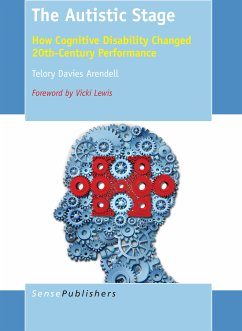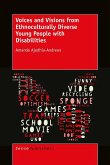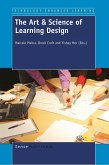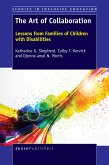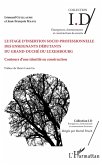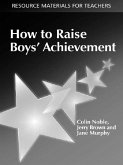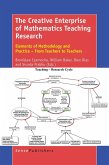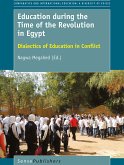This is a book for those who have a stake in and curiosity about the relationship between autism and the stage. Performance here covers theatre to therapy, film to biography, art and beyond. If you are a theater or film critic, a speech or drama therapist, a higher education specialist or special education instructor, a parent of a child on the autism spectrum or an individual with ASD interested in theatre, this book may hold unique value for you. This work is meant to cover a range of issues and reach out to audiences, critics, professionals and parents who want to know more about performance representations of autism. One message reverberates throughout the book: each autistic person illustrates different approaches to and perspectives on life. We become richer each time we come to understand these new perspectives and performance powerfully enhances our understanding of them. Autism Spectrum Disorders include alternative modes of processing information, recording images, discoursing with others, and interpreting social scenes. In this conversation, performance can function as an analytical lens, a representational space, a means of perceptual innovation, and a therapeutic tool. The definition of autism as a disorder has evolved from its first diagnosis in the 1940s to our current frame of reference with several key revisions. These three categories-interaction, communication, and perseveration-underlie any published study of those on the autism spectrum. What has shifted in recent years is an approach to disability that positions autism as a social construction rather than a medical problem.
Dieser Download kann aus rechtlichen Gründen nur mit Rechnungsadresse in A, B, BG, CY, CZ, D, DK, EW, E, FIN, F, GR, HR, H, IRL, I, LT, L, LR, M, NL, PL, P, R, S, SLO, SK ausgeliefert werden.

